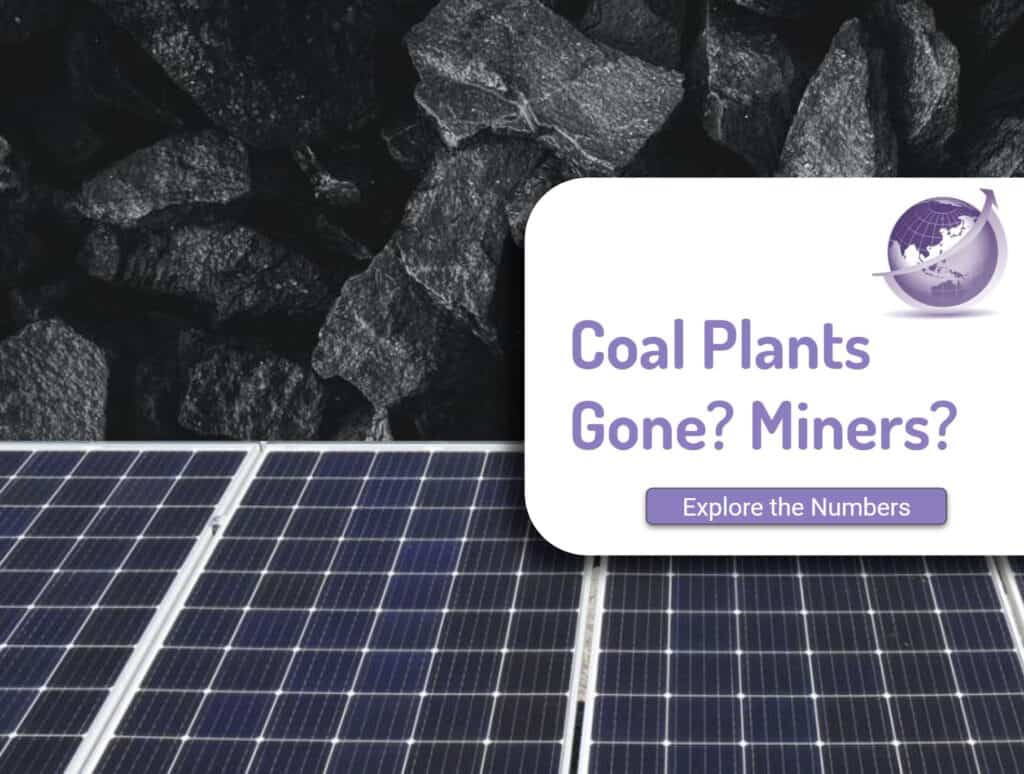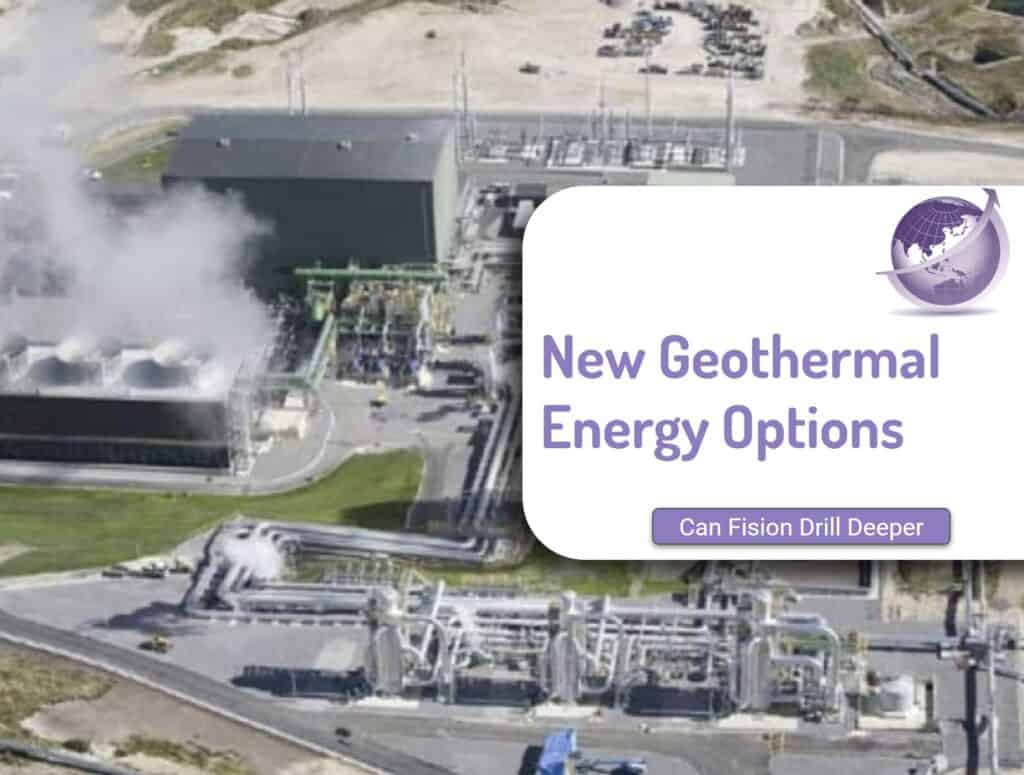What a comparison of synthetic ethanol and methanol highlights is both have the potential to reduce carbon emissions, compared to their traditional fossil fuel counterparts. However, their production processes, feedstocks, and overall sustainability profiles differ significantly. Over 90% of ethanol is from fermentation, while methanol is processed through a synthetic processes steam-reforming natural gas to create a synthesis gas.
Moreover, methanol has a higher energy content than ethanol, and combined with a industrial factory production using methane gas means a larger market with fossil fuel based methanol. Ethanol is generally not used as a primary energy source, but blended with gasoline (E10 mixes) in internal combustion engines.

Feedstock
- Synthetic Ethanol:
- Primarily produced from syngas (synthesis gas), a mixture of hydrogen and carbon monoxide.
- Syngas can be derived from:
- Biomass: Sustainable option using wood, agricultural waste, or algae.
- Coal or Natural Gas: Unsustainable due to high carbon emissions.
- Synthetic Ethanol using bacteria (discussion on this topic)
- Synthetic Methanol:
- Can be produced from various feedstocks:
- Fossil Fuels: Similar to ethanol, using syngas from natural gas or coal, with high carbon emissions.
- Biomass: More common than for ethanol, leading to lower emissions.
- Direct Air Capture (DAC): Cutting-edge method capturing CO2 directly from the atmosphere, offering negative emissions potential with efficient carbon capture and storage. This is normally very energy intensive and more greenwasing than green.
- Renewable Electricity and Water: Electrolysis of water produces hydrogen, which can be combined with CO2 from DAC or other sources to create e-methanol, potentially achieving negative emissions.
- Can be produced from various feedstocks:
Production Process
- Synthetic Ethanol:
- Syngas goes through a two-step process:
- Fischer-Tropsch synthesis: Converts syngas to higher hydrocarbons, including ethanol.
- Ethanol separation and purification: Isolates and purifies the ethanol product.
- Syngas goes through a two-step process:
- Synthetic Methanol:
- Conversion of syngas to methanol through:
- Catalytic methanol synthesis: Various catalysts and reaction conditions exist, influencing yield and energy efficiency.
- Distillation and purification: Separates methanol from other products and impurities.
- Conversion of syngas to methanol through:
Key Differences
- Carbon Footprint: Both can have varying emissions depending on their feedstock and production method. e-methanol with DAC offers the lowest potential emissions, while biomass-based and fossil fuel-based methods have higher but significantly lower emissions than traditional fossil fuels.
- Technology Maturity: Methanol production methods, particularly e-methanol, are generally more mature than synthetic ethanol production.
- Applications: Both fuels have diverse applications:
- Transportation. Blends with gasoline or directly in dedicated engines.
- Chemicals and Materials: Methanol holds wider potential as a feedstock for various chemicals and materials production.
- Power Generation: Both have potential for clean electricity generation in fuel cells.
Similarities
- Both offer significant potential for reducing carbon emissions compared to fossil fuels.
- Both rely on converting syngas into their respective product, though the specific processes differ.
- Both have a range of potential applications beyond transportation fuels.
Developments of Ethanol to Synthetic SAF
Bloomberg reported the opening of the Lanza-Jet plant, which received US government funds. They plan to make SAF (synthetic aircraft fuel) from biofuel made from both traditional raw materials, including American-grown corn, as well as from advanced technologies. The factory will produce 10 million gallons (38m litres) of SAF and renewable diesel per year. (Note. A 777-300 burns about 2500 gallons per hour or a typical flight from New York to London on the Boeing 777-300ER would then cost around $33,000 in fuel)
Overall
Both synthetic ethanol and synthetic methanol could be sustainable fuel solutions. Differences in feedstock, production process, and overall carbon footprint will drive adoption. E-methanol with DAC appears to offer the most promising long-term solution for achieving significantly lower emissions, yet DAC is a very energy-intensive process. Current pricing is at least an order of magnitude more. Continued research and development are crucial to improve their efficiency, expand production capacity, and ensure their role in a sustainable future.
References
- Afzal, Shaik & Singh, Avantika & Nicholson, Scott & Uekert, Taylor & DesVeaux, Jason & Tan, Eric & Dutta, Abhijit & Carpenter, Alberta & Baldwin, Robert & Beckham, Gregg. (2023). Techno-economic analysis and life cycle assessment of mixed plastic waste gasification for production of methanol and hydrogen. Green Chemistry. 25. 10.1039/D3GC00679D.
- World’s First Ethanol-to-Jet Fuel Plant Opens in US: LanzaJet to use traditional and advanced ethanol to make SAF (Bloomberg News)









